Match the statements given in Column I with the oxidation states given in Column II. 
P Q R S
1,2,3 1,2,3 4,3 1,2,3,4
P Q R S
1,2, 2,3 4,1 1,2,3
P Q R S
2 3 4,1,2 2,3,4
P Q R S
1,2 3,4 3,1,2 1,2,3
The correct Answer is:A
The magnetic field is along positive or negative Y-direction in case (p), (q) and (r). In case (s), there will be component of magnetic field along negative X-axis. , Thus (P) (1, 2, 3)
z-component of magnetic field is zero in all case. , Thus (Q) → (1, 2, 3, 4)
The magnetic field at P is μ014πd . In case (3) only. , Thus (R) → (3)
The magnetic field at P is less than μ012πd for all cases. , Thus (S) →(1, 2, 3, 4)
Topper's Solved these Questions
- MAGNETIC EFFECTS OF CURRENT Book:VMC MODULES ENGLISHChapter:MAGNETIC EFFECTS OF CURRENT Exercise:JEE Main (Archive)
Explore 75 Videos
- MAGNETIC EFFECTS OF CURRENT Book:VMC MODULES ENGLISHChapter:MAGNETIC EFFECTS OF CURRENT Exercise:JEE Advanced (Archive)
Explore 78 Videos
- MAGNETIC EFFECTS OF CURRENT Book:VMC MODULES ENGLISHChapter:MAGNETIC EFFECTS OF CURRENT Exercise:LEVEL 1
Explore 75 Videos
- LIQUIDSBook:VMC MODULES ENGLISHChapter:LIQUIDSExercise:JEE ADVANCED (LEVEL -2)
Explore 55 Videos
- MOCK TEST 1Book:VMC MODULES ENGLISHChapter:MOCK TEST 1Exercise:PART I : PHYSICS (SECTION-2)
Explore 10 Videos
Similar Questions
Match the statement given in Column I with the phenomenon given in Column II.

View SolutionMatch the reactions given in Column I with the type of reactions given in Column II
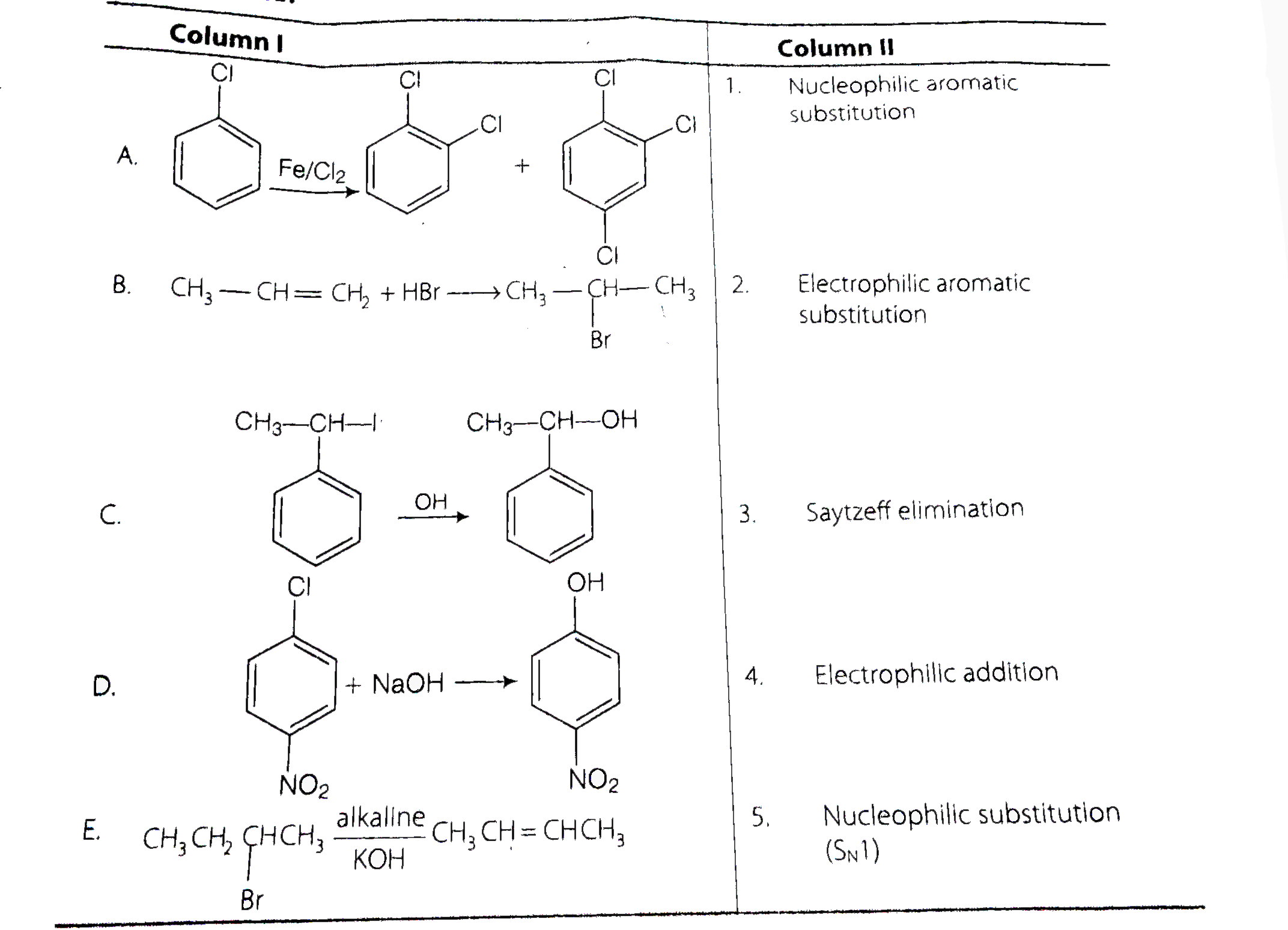
View SolutionMatch the reactions given in Column I with the names given in Column II.
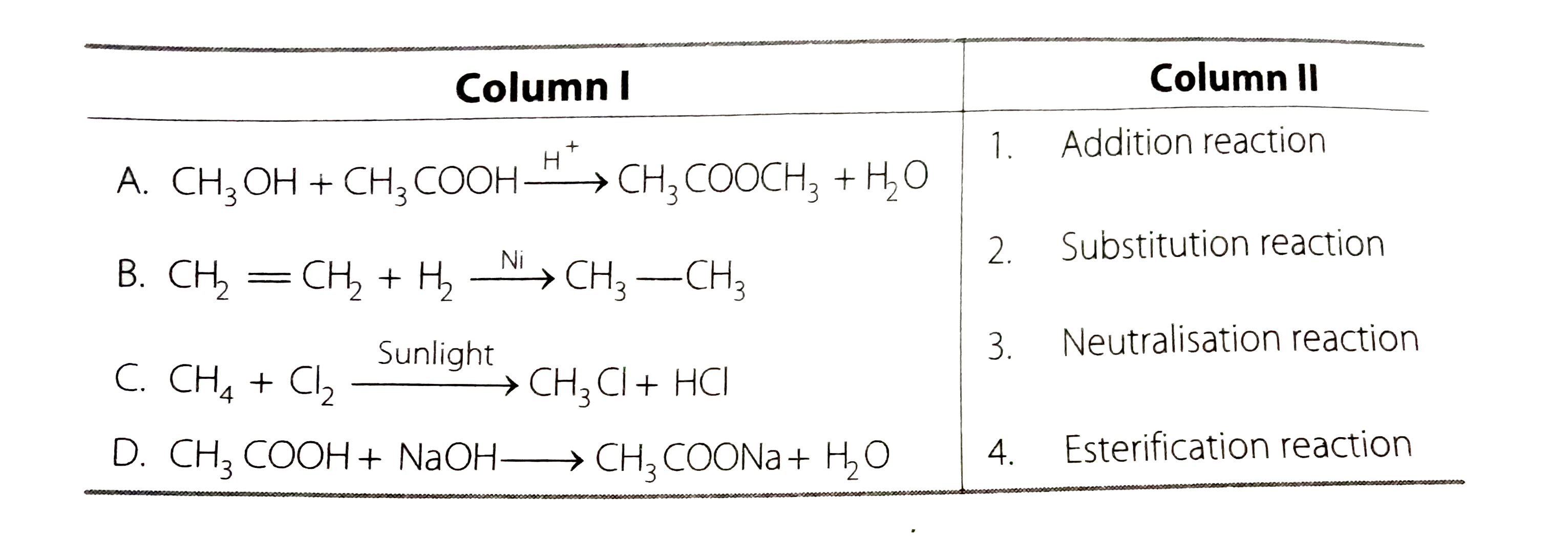
View SolutionMatch the reactions given in Column I with the suitable reagents given in Column II.
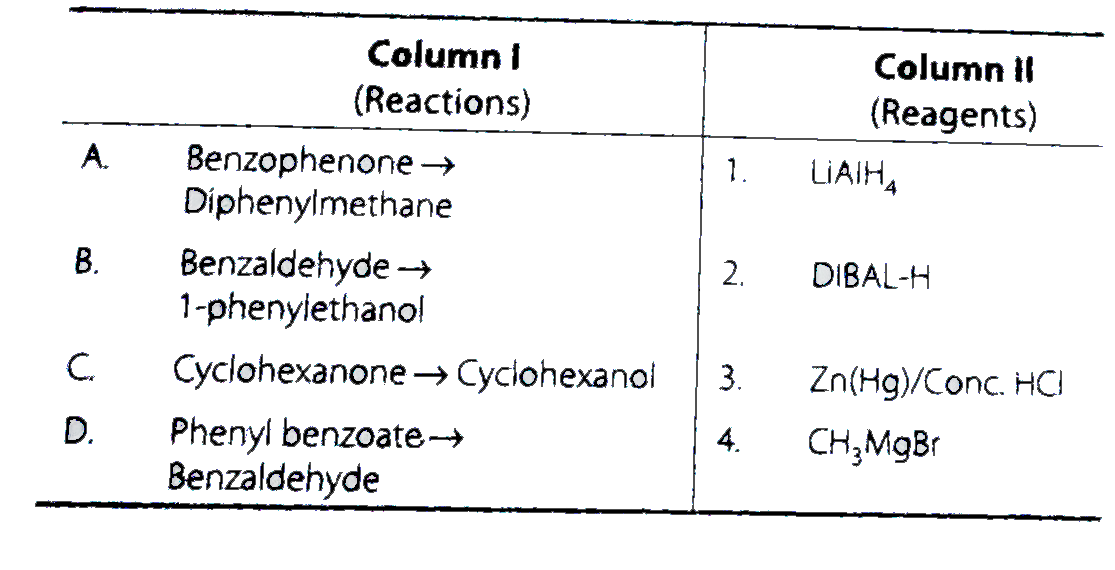
View SolutionMatch the compounds given in column I with oxidation states of carbon given in column II and mark the appropriate choice.
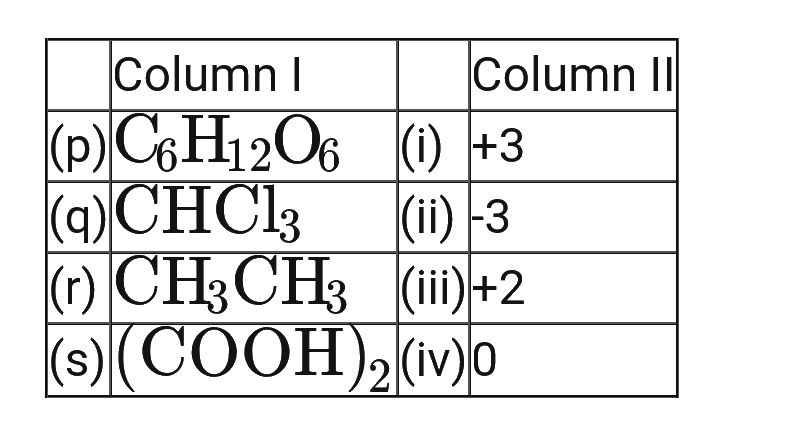
View SolutionMatch the reactions given in Column I with the statements given in Column II

View SolutionMatch the reactions given in Column I with the statements given in Column II

View SolutionMatch the reactions given in Column I with the names givn in Column II.
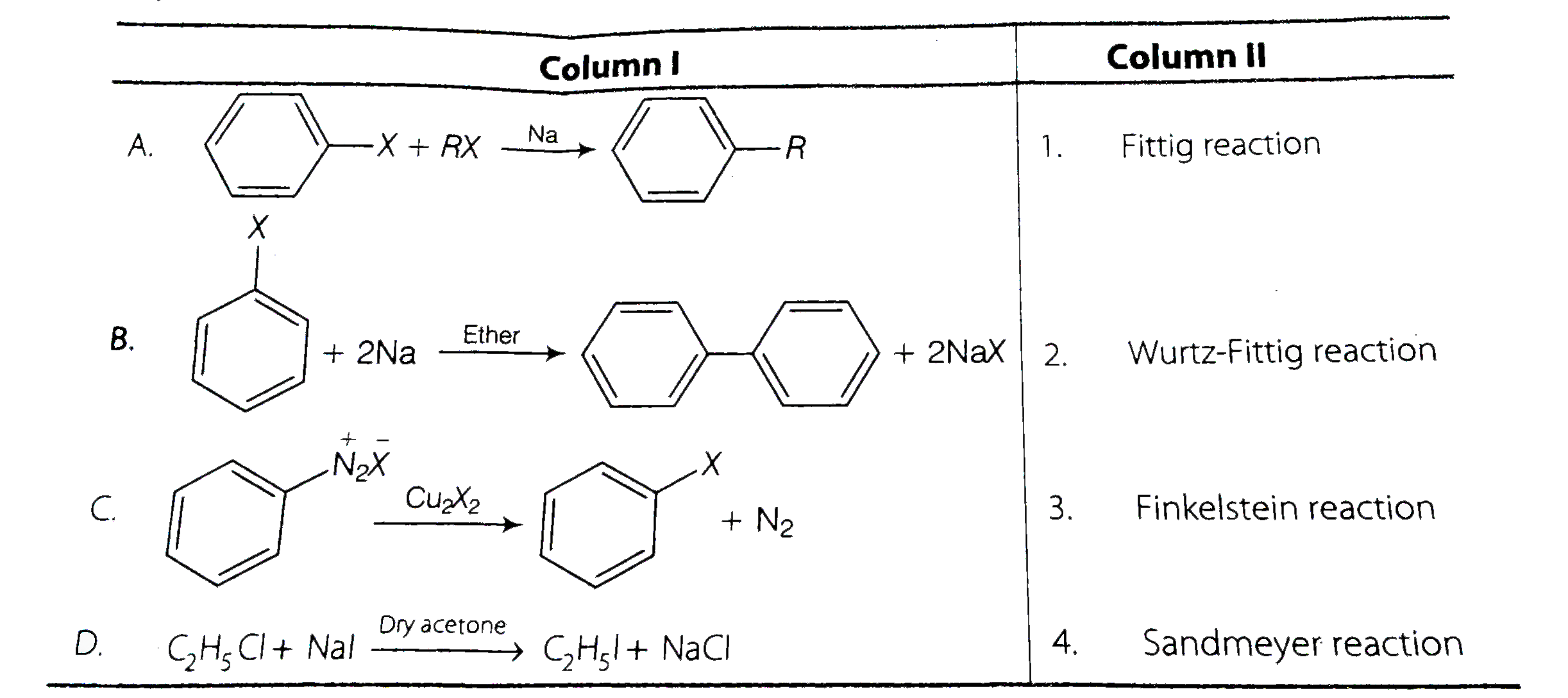
View SolutionMatch the terms given in Column I with the items given in Column II. (One to one match only)
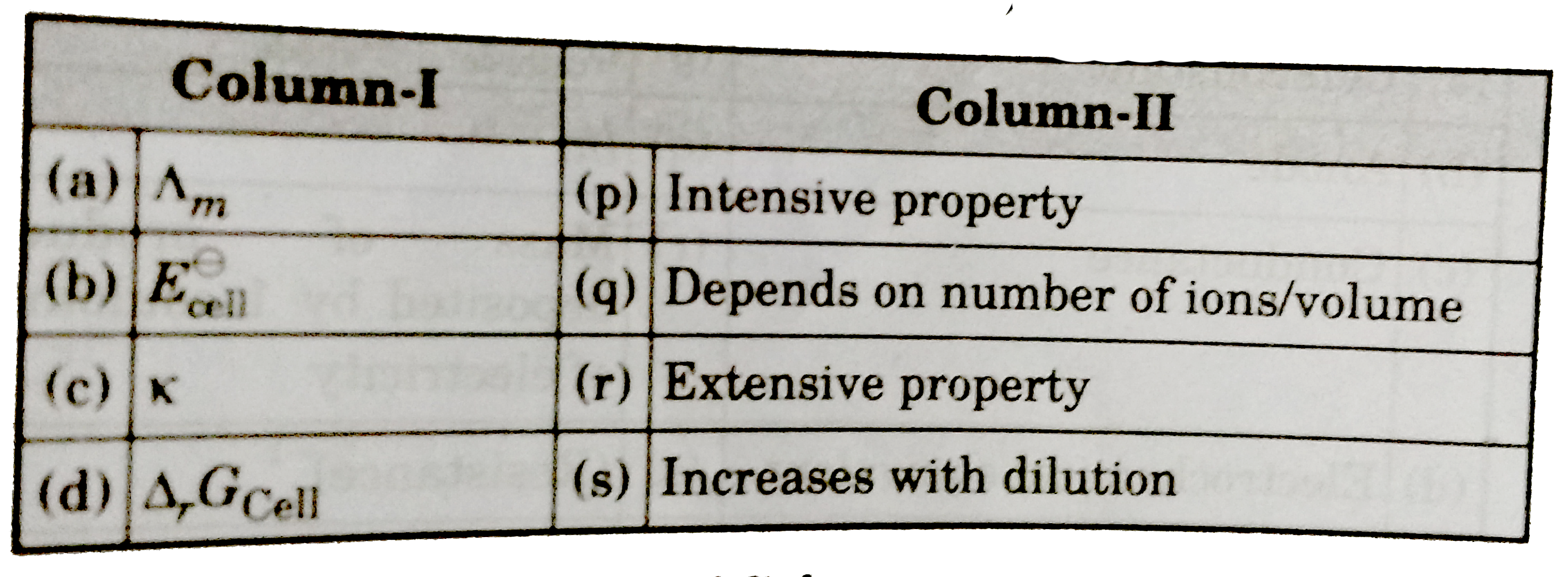
View SolutionMatch the polymers given in column I with their commerical names given in column II
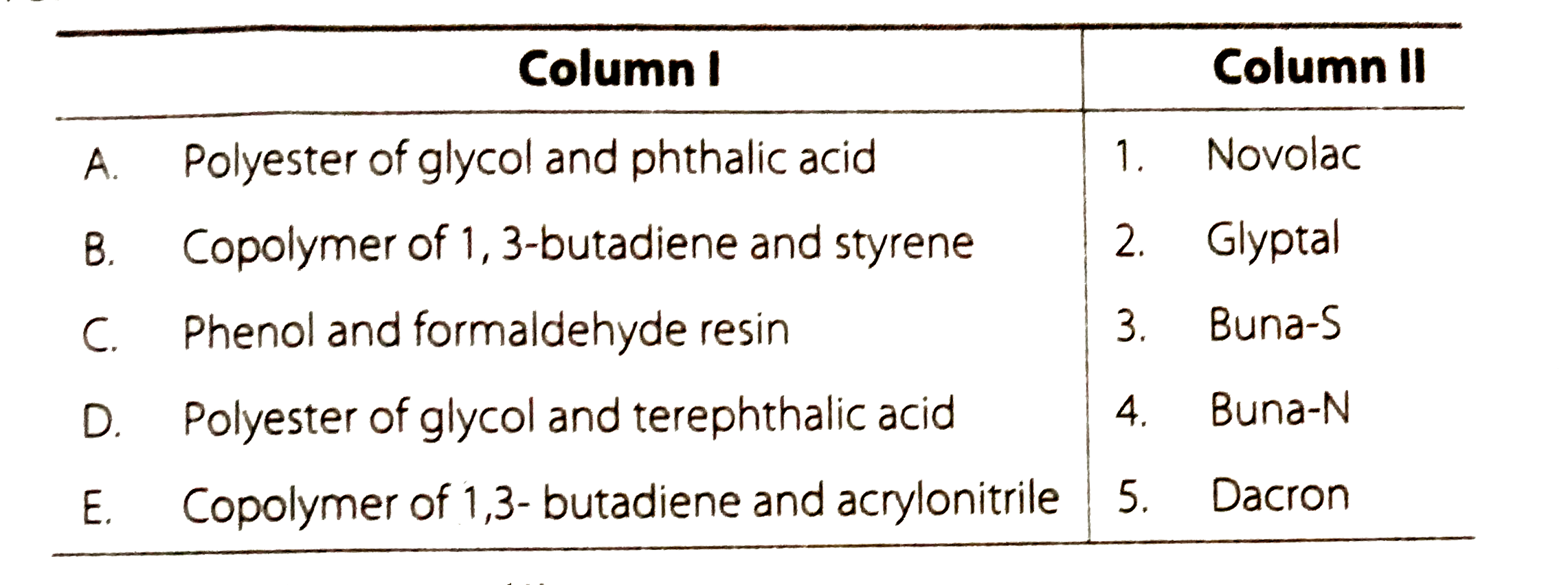
View Solution
